The Southeast Asian tropical forests are home to the Crested Fireback, a stunning bird that adds to the beauty of the canopy. With its vibrant colors and distinct features, this elegant creature has become a favorite among nature lovers and bird watchers.
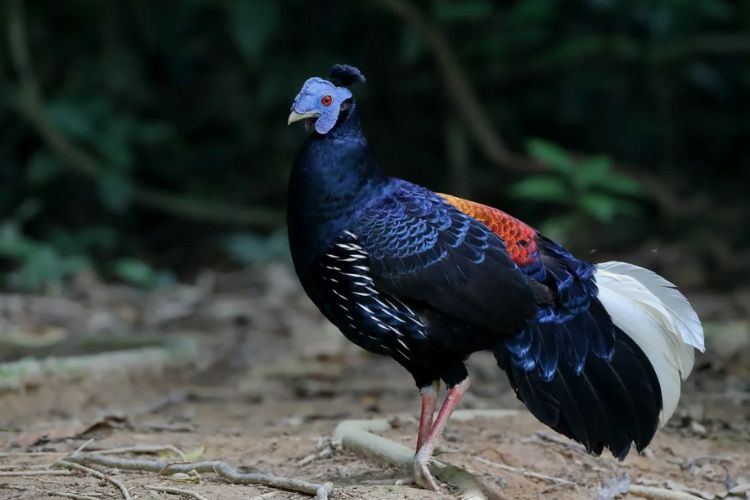
The Crested Fireback, also known as Lophura ignita, is a type of pheasant found in the thick forests of Indonesia, Malaysia, and Thailand. What makes this bird unique is its impressive crest, which resembles a blazing flame due to its vivid appearance. Its feathers display an array of shimmering shades, including bold blues, lush greens, and bright reds, making it a living work of art.
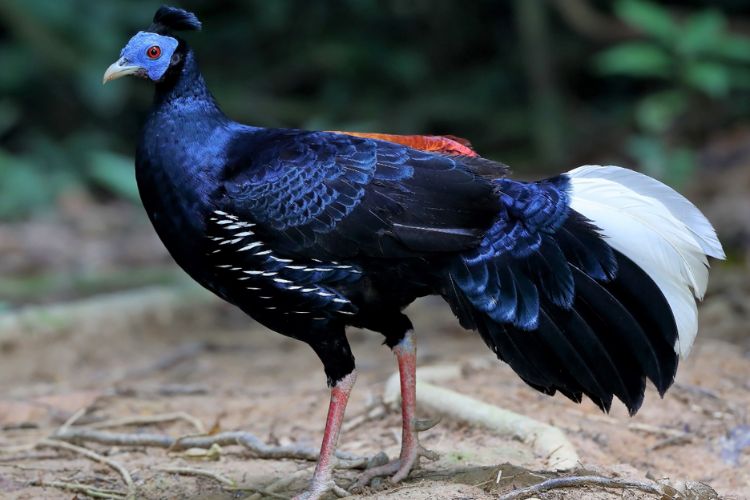
The Crested Fireback is a fascinating bird to observe as it gracefully moves through the forest. Its movements are slow and elegant, showing a calm assurance in its natural surroundings. The most striking feature of this bird is its long and sweeping tail feathers that give it an air of sophistication and royalty as it makes its way through the dense foliage.
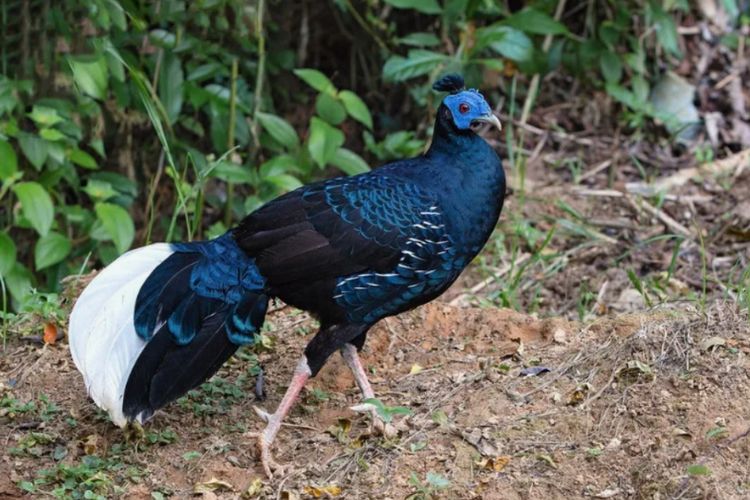
Apart from its physical beauty, the Crested Fireback is renowned for its distinct behavior and social interaction patterns. They are frequently observed in couples or small groups, forming close associations with their peers. The male Crested Fireback is recognized for its intricate courtship performances, wherein they display their impressive tail feathers while emitting unique sounds to lure potential mates. This intricate dance showcases the bird’s dedication to the preservation and propagation of its species.
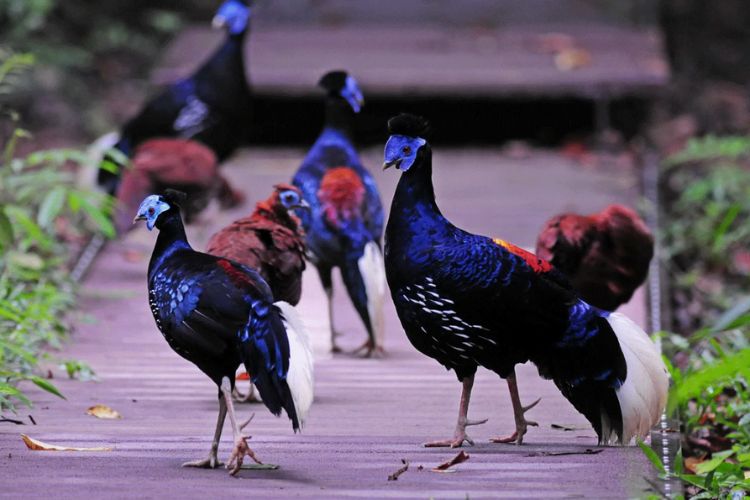
The survival of the Crested Fireback bird relies heavily on its habitat, which plays a crucial role in providing it with food and nesting options. These birds are best adapted to living in untouched forests where they can thrive. However, the increased deforestation activity poses a significant threat to their population, making it even more essential to focus on conservation measures to protect these amazing creatures.
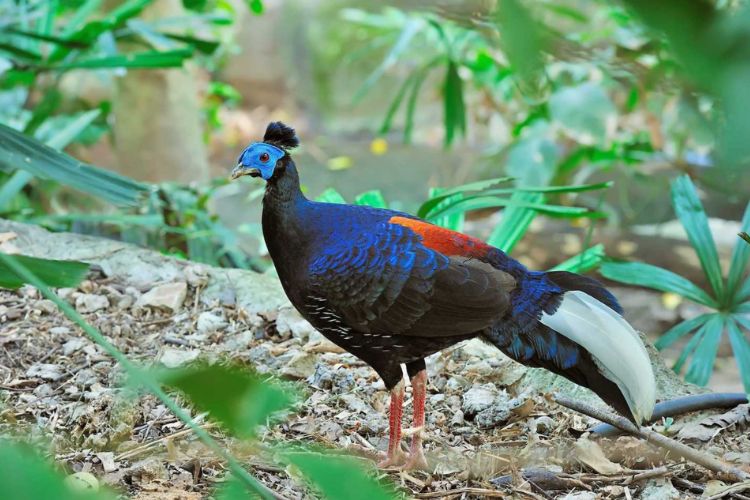
To sum it up, the Crested Fireback is a perfect example of the stunning natural beauty that exists in Southeast Asian forests. The bird’s colorful feathers and elegant movements are truly mesmerizing. However, it’s important to remember that preserving their habitat is crucial in ensuring that this magnificent species continues to thrive in the wild.
